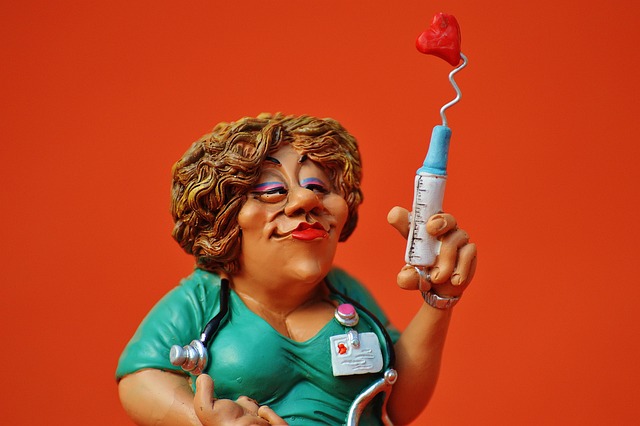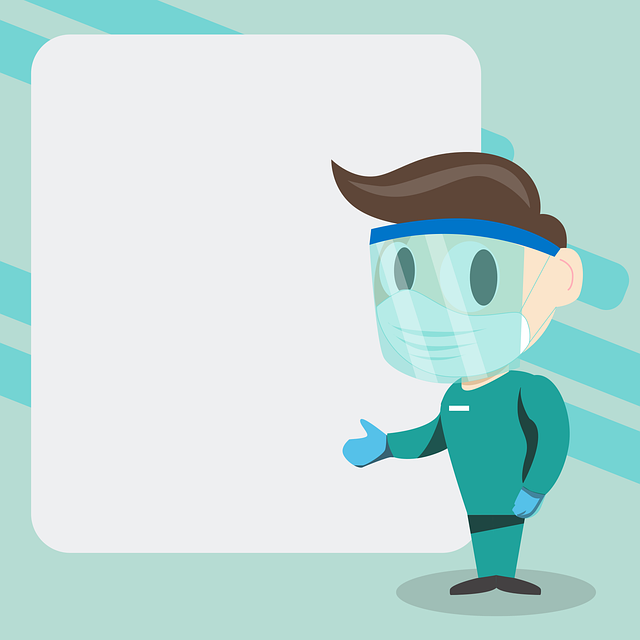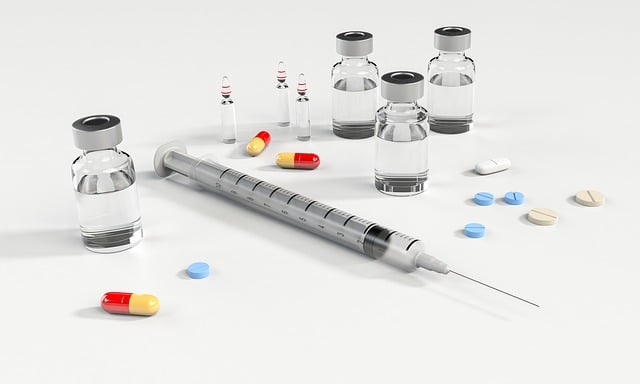Expert Botox Injections: Unlocking Smooth, Youthful Skin

Expert Botox Injections are a popular, non-surgical solution for fine lines and wrinkles. Administer…….
In the ever-evolving world of aesthetic healthcare, professional Botox treatments have emerged as a transformative procedure, offering both medical and cosmetic benefits. This article delves into the multifaceted realm of Botox applications, exploring its history, global impact, economic implications, technological innovations, regulatory landscape, and future prospects. By examining these various facets, we aim to provide an comprehensive understanding of why professional Botox treatments are not just a trend but a significant development in modern medicine.
Botox, a neurotoxin derived from the bacterium Clostridium botulinum, has found its place as a therapeutic agent with diverse applications. From smoothing facial wrinkles to treating medical conditions like chronic migraines and muscle dysfunctions, Botox has become a go-to option for many seeking enhancement or relief. This article will guide readers through the intricacies of professional Botox treatments, highlighting their potential, challenges, and the global impact they are having on the healthcare industry.
Professional Botox treatments refer to the administration of botulinum toxin (Botox) for medical or aesthetic purposes by qualified healthcare professionals, typically dermatologists, plastic surgeons, or trained estheticians. This procedure involves injecting tiny amounts of Botox into specific muscle groups to temporarily paralyze or reduce their activity. The core components include:
The use of Botox dates back to the early 20th century when it was first recognized as a cause of botulism, a rare but severe muscle-paralyzing disease. In the 1970s, researchers began exploring its potential therapeutic uses, leading to groundbreaking advancements. By the late 1980s, Botox was approved by the U.S. Food and Drug Administration (FDA) for medical purposes, primarily for the treatment of facial lines, muscle spasms, and migraine headaches.
Over time, the non-medical applications of Botox expanded, driving its popularity in cosmetic procedures. The late 1990s and early 2000s saw a surge in its use for aesthetic purposes, leading to stricter regulations to ensure safety and effectiveness. Today, professional Botox treatments are a well-established component of dermatological and plastic surgical practices worldwide.
Professional Botox treatments have gained global recognition, with widespread adoption across North America, Europe, Asia, and Australia. Each region brings its unique cultural and regulatory perspective to the table:
| Region | Key Trends | Regulatory Environment |
|---|---|---|
| North America | High demand for anti-aging treatments, focus on natural results | Stringent FDA regulations, well-established industry standards |
| Europe | Emphasis on medical tourism, diverse cosmetic trends | Strict EU guidelines, varying national regulations |
| Asia (especially South Korea) | Rapidly growing market, innovative techniques | Increasing regulation, focus on safety and education |
| Australia | Growing popularity for preventive treatments, strict professional standards | Robust regulatory framework, mandatory training requirements |
The global Botox market has experienced steady growth, driven by several key factors:
The professional Botox treatments market operates as a specialized segment within the broader aesthetic medicine industry. Key economic factors include:
Botox treatments have both direct and indirect economic impacts:
To ensure safety and efficacy, regulatory bodies worldwide have established guidelines and standards for professional Botox treatments:
While generally safe when administered by qualified professionals, Botox treatments may cause temporary side effects:
Long-term studies on Botox’s effects are ongoing, with research focusing on:
Ensuring patient safety and high-quality outcomes is paramount in professional Botox treatments. Key training and certification aspects include:
Professional organizations play a crucial role in setting standards and promoting ethical practices:
The field of professional Botox treatments is continuously evolving:
As the demand for Botox continues to grow, addressing ethical concerns and educating patients is essential:
In conclusion, professional Botox treatments have evolved from a niche medical procedure to a widely recognized aesthetic solution, driven by technological advancements, changing beauty standards, and an aging population. As the field continues to grow, focusing on safety, education, and ethical practices will be vital to ensuring patient satisfaction and maintaining public trust.

Expert Botox Injections are a popular, non-surgical solution for fine lines and wrinkles. Administer…….

Increasing demand and competitive pricing have made expert Botox injections more accessible. Priorit…….

Expert Botox injections target specific facial muscles to stimulate collagen production and enhance…….

Expert Botox injections, administered by specialists, temporarily paralyze muscles to reduce fine li…….

Expert Botox injections smooth dynamic wrinkles by blocking nerve signals responsible for muscle con…….

Expert Botox injections are a revolutionary non-surgical aesthetic treatment, utilizing botulinum to…….

Botox, derived from Clostridium botulinum, is a safe, effective non-surgical wrinkle reduction treat…….

Expert Botox injections offer a non-surgical solution for achieving smoother, rejuvenated skin by te…….

TL;DR:Expert Botox injections offer a safe, non-invasive method to temporarily reduce fine lines and…….

Expert Botox injections are a safe and effective skincare treatment, temporarily paralyzing muscle a…….